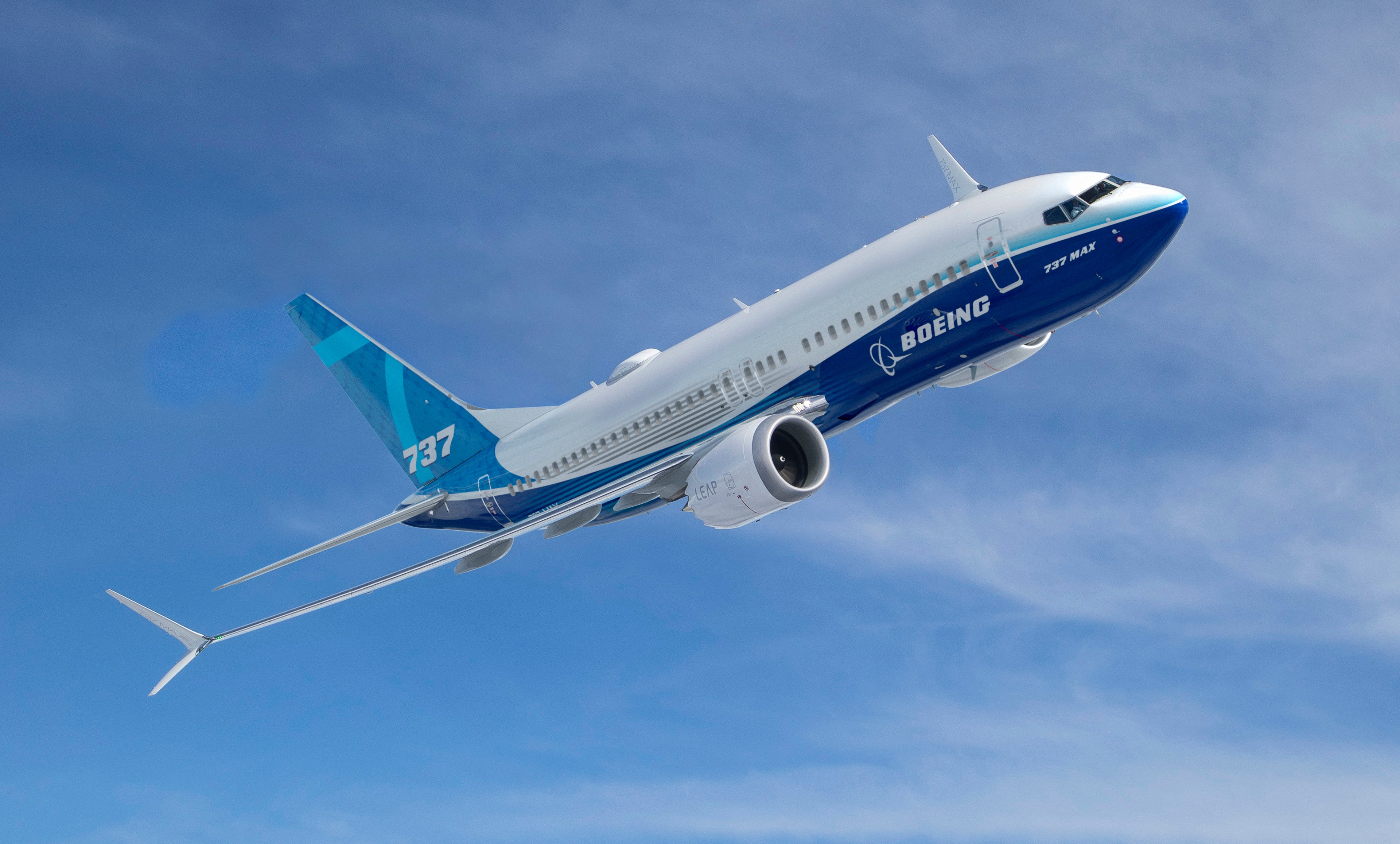Boeing (BA +0.01%) stock is up 13.6% this year compared to a minimal gain for the S&P 500, primarily due to management's improved performance under relatively new CEO Kelly Ortberg, who was appointed last August and continues to steer the company in a positive direction. The key question is whether the stock price renaissance will continue. Here's the lowdown.
Boeing's positive 2025
The company started the year mainly as a self-help story. While no business in the aerospace industry will ever escape the orbit of influence of its cyclical end markets -- demand for air travel -- the reality is that Boeing had ample opportunity to outperform expectations due to prior disappointing operational execution.
There are three main areas that Boeing needed to improve on going into 2025, specifically:
- Ramp up production of the narrow-body 737 MAX to an initial rate of 38 aircraft a month in 2025 and then increase it thereafter.
- Improve margin performance at Boeing Defense, Space & Security (BDS), particularly with its challenging fixed-price contracts.
- Keep the wide-body 777X on track for its estimated first delivery in 2026.

Image source: Boeing.
Boeing is meeting its objectives
The company appears to be delivering on all three of these objectives so far in 2025, and the self-help narrative is on track.
According to Chief Financial Officer Brian West on the last earnings call, Boeing received approval from the Federal Aviation Administration (FAA) to expand flight testing, and he confirmed the target for the first delivery of the 777X in 2026 to Lufthansa. Moreover, key 777X customer Emirates recently confirmed it expected first delivery of the aircraft by the end of 2026.
West also confirmed that the company was on track to achieve the 38-per-month rate on the 737 MAX. And Ortberg outlined plans to then increase the rate to 42 per month and then raise it in increments of five per month, with the increases taking at least six months to implement.
There is no guarantee that it will meet this goal, and the company needs to demonstrate to the FAA that it can produce at a rate of 38 per month with high quality before the agency lifts its production cap. Still, management expects to hit the 38 number in the next few months -- something to keep an eye on.
The issue of defense profitability is best illustrated by examining the following chart, and investors will hope it marks the start of a sustained period of profitability for its BDS division. Fortunately, there's reason to believe this might be the case. Management has long defined its BDS revenue in terms of three buckets, the smallest of which is the most problematic.

Data source: Boeing presentations, chart by author.
About 60 percent of BDS' business is in its core defense sector, and it continues to perform with mid- to high-single-digit profit margins, according to West. The next 25% is allocated to the fighter and satellite programs, with West mentioning "favorable margin trends" on the earnings call.
The real issue lies with the 15% in the fixed price programs, and here Ortberg disclosed that Boeing had achieved estimated-at-completion (EAC) "stability" in the quarter. EAC is a forecast of the total cost of a project based on current performance. Ortberg outlined an aim to improve EAC in October, with the goal of enhancing cost controls on these contracts.
It is working, and management has confirmed progress on the milestones for the T-7 training airplane. Meanwhile, the MQ-25 (an aerial refueling drone) is scheduled to move to ground and flight testing in 2026.

NYSE: BA
Key Data Points
Can Boeing's strong run continue?
Over the near to medium term, there's every reason to think the company can. As long as Boeing continues to execute on the three areas discussed above, the narrative should remain positive, particularly when compared to the prevailing pessimism surrounding the company going into 2025. It's climbing a wall of worry, and as long as Ortberg can demonstrate progress on its key and near-term objectives, the stock is likely to receive support.
That said, the company has a long way to go before it can convince investors that it's in a position to generate the kind of earnings and cash flow necessary to develop the next generation of narrow-body commercial aircraft while paying down debt and returning capital to investors. That's a deeper question that needs to be addressed by long-term investors, but for now, the outlook is positive for Boeing.





